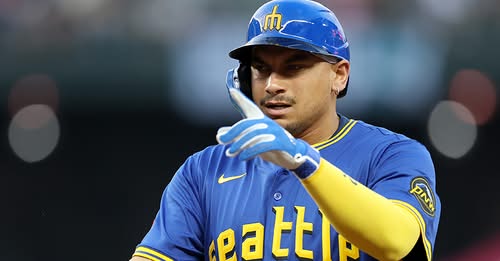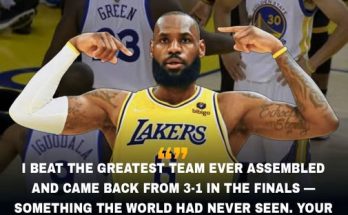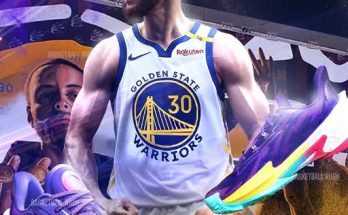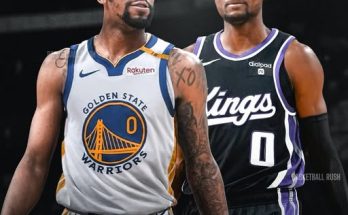From the moment he steps onto the field, it’s clear that the Mariners’ new first baseman isn’t just there to play baseball—he’s there to push himself to his absolute limit every single game. His eyes rarely wander, his posture exudes readiness, and his focus is so sharp it almost feels like it could cut through the tension in the ballpark. For him, this isn’t just about hitting home runs or making a few flashy defensive plays; it’s about embodying a mindset that leaves no room for complacency. The way he describes it is simple yet telling: “I want to be my best me and perform at my best. I really like being locked in the moment.” That phrase—locked in—has become a mantra for him, and it’s the driving force behind every ounce of effort he gives on the field.
Teammates and coaches have noticed the difference his presence has made from the very first day of spring training. While some players ease their way into drills and take time to warm up their competitive edge, he’s at full throttle from the moment he ties his cleats. This intense approach isn’t born from arrogance or showmanship—it’s rooted in an understanding that the margin between success and failure in baseball is razor thin. In a sport defined by failure, where even the best hitters get out more than they reach base, his philosophy is to control the controllables: his preparation, his mental state, and his execution in critical moments.
He credits much of his work ethic to his upbringing and early years in the sport, where nothing was given to him without effort. The grind of the minor leagues only strengthened that mindset, as he learned quickly that talent alone wasn’t enough to rise through the ranks. Long bus rides, early morning workouts, and nights when the hits just wouldn’t come taught him resilience. Now, as he wears the Mariners uniform and steps into a role with significant expectations, he’s not shying away from the challenge. In fact, the intensity that some might find exhausting is what fuels him. “When I’m locked in,” he says, “I’m not thinking about what just happened or what might happen later. I’m just there, in that exact moment, doing everything I can to win.”
This kind of presence is rare, and it’s noticeable in the way he plays defense. At first base, reaction time is crucial. A split second can mean the difference between a routine out and a costly error. When the ball rockets off the bat toward the right side of the infield, his eyes track it with precision, his body moving instinctively toward the correct position. He’s not overthinking—it’s pure muscle memory powered by relentless practice. That readiness has already turned several hard-hit balls into outs that could have easily been singles. His ability to anticipate plays before they fully develop is a testament to his deep study of the game and his constant desire to sharpen his skills.
At the plate, his intensity takes on a different form. Hitting in the major leagues demands a delicate balance between aggression and patience, and he seems to navigate that line with unusual composure. While some hitters let frustration creep in after a strikeout or a missed opportunity, he resets almost immediately, refusing to carry one at-bat into the next. “You can’t get back the pitch you missed,” he explains. “But you can control how you approach the next one.” This mental discipline allows him to maintain focus during long at-bats, often working pitchers deep into the count until he gets something he can drive.
His arrival in Seattle has also injected a certain contagious energy into the clubhouse. Baseball seasons are long, and the grind can wear on even the most dedicated players. But his unwavering determination sets a tone that resonates with his teammates. Younger players in particular have found themselves motivated to match his intensity, not because he demands it, but because his example makes it clear what it takes to compete at the highest level. Veteran players, too, have expressed appreciation for the way he raises the team’s competitive floor, ensuring that nobody takes a day off mentally, even in the middle of a long homestand.
Off the field, he’s not the type to seek the spotlight. He’s approachable, grounded, and quick to credit his teammates and coaches for his successes. Still, those who spend time around him can tell that the same competitive fire burns just as brightly in practice sessions and batting cage work as it does in game situations. “The fans see the intensity during games,” says one Mariners coach, “but what they don’t see is the work behind it. He treats every rep like it matters—because to him, it does.” That philosophy has already paid dividends, with his batting average and defensive metrics showing significant improvement compared to his earlier years in the league.
The Mariners, who have been searching for the right balance of offensive production and defensive reliability at first base, seem to have found exactly what they needed in him. His glove provides stability in the infield, his bat lengthens the lineup, and his mental approach brings a competitive edge that could be pivotal down the stretch. With the postseason picture still forming, Seattle knows that every game matters, and having a player who thrives in high-pressure moments could be the difference between making a deep playoff run and watching from home.
He’s also become a fan favorite surprisingly quickly. Mariners supporters, who have long appreciated grit and hustle, have embraced his brand of baseball. It’s not just about highlight-reel plays—it’s about the way he treats every pitch like it could decide the game. Fans have noticed that he’s the first to sprint to cover first on a bunt, the first to back up a throw from the outfield, and the last to give up on a foul ball drifting toward the stands. These aren’t necessarily the plays that make the nightly highlight shows, but they’re the plays that win games over the course of a 162-game season.
In many ways, his approach reflects the city of Seattle itself—hardworking, determined, and unwilling to back down from a challenge. The Mariners organization has been vocal about building a culture that values preparation, accountability, and a winning mindset. He fits perfectly into that vision, and his arrival feels less like a simple roster move and more like a statement about the type of team the Mariners want to be.
As the season progresses, the challenge will be sustaining this level of intensity. Baseball is a sport that punishes overexertion just as much as it rewards hustle. Fatigue can creep in, and maintaining focus over such a long schedule requires not just physical endurance but mental stamina. He seems prepared for that, leaning on routines that keep him grounded and disciplined. Daily mental check-ins, consistent pre-game preparation, and a deliberate approach to recovery are all part of his plan to ensure that his intensity doesn’t burn out before the season’s end.
The Mariners’ new first baseman may never be the loudest voice in the clubhouse, but his presence is felt in every inning he plays. His “locked in” mentality isn’t just a catchy phrase—it’s a standard he holds himself to, one that demands maximum effort, total concentration, and a refusal to settle for anything less than his best. And while the statistics and accolades may come, it’s that mindset, more than anything, that could define his tenure in Seattle.
As the crowd roars in T-Mobile Park and another game unfolds under the bright summer lights, there he is again—eyes fixed, body ready, mind completely immersed in the moment. For him, this is more than a job. It’s a commitment to excellence, a promise to himself, and a belief that every pitch, every swing, and every play is a chance to be the best version of himself. The Mariners didn’t just add a first baseman to their roster; they added a competitor who refuses to let a single moment pass without giving it everything he has. And in a game where moments define careers, that kind of relentless focus might just be the edge Seattle needs to turn potential into something much bigger.



